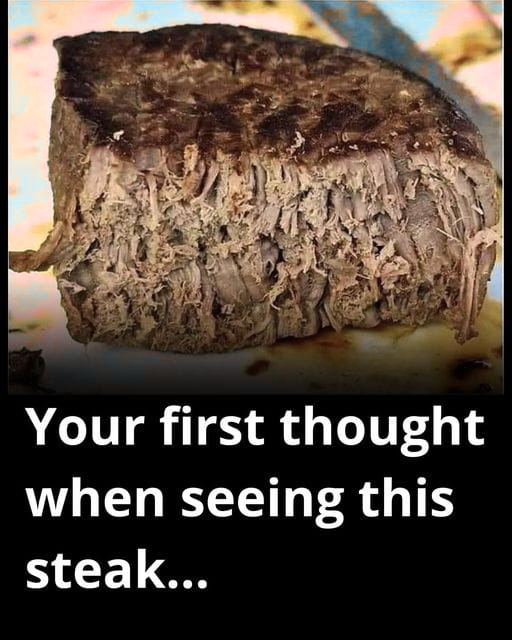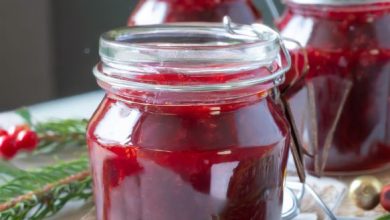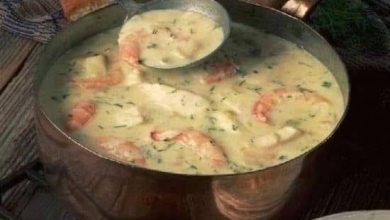Introduction
Steak is widely recognized as a representation of gastronomic superiority, cherished for its flavorful taste and succulent consistency. The photograph in the query exhibits a substantial slice of steak that instantly grabs one’s interest. Let us explore the factors that contribute to the visual appeal of a steak and the techniques involved in preparing this dish flawlessly.
Visual Appeal
First Impressions:
The steak depicted in the picture seems to have been cooked to perfection, boasting a gorgeously seared crust and a succulent, tender interior. This juxtaposition of textures between the outer and inner layers is a crucial factor in the visual appeal of a steak.
Marbling:
The marbling found in the steak, also known as intramuscular fat, plays a crucial role in enhancing both the flavor and tenderness of the meat. As the fat melts during cooking, it helps to baste the meat internally, ultimately leading to a succulent and tasty bite.

Cooking Techniques
Searing:
The searing step plays a vital role in preparing steak. It requires cooking the steak at a high heat to create a brown crust via the Maillard reaction. This reaction not only boosts the taste but also provides the steak with its appealing, caramelized look.
Resting:
Allowing the steak to rest after cooking is vital. This process helps redistribute the juices throughout the meat, ensuring each bite is succulent. The resting time allows the internal temperature of the steak to even out, making it more tender and flavorful.



